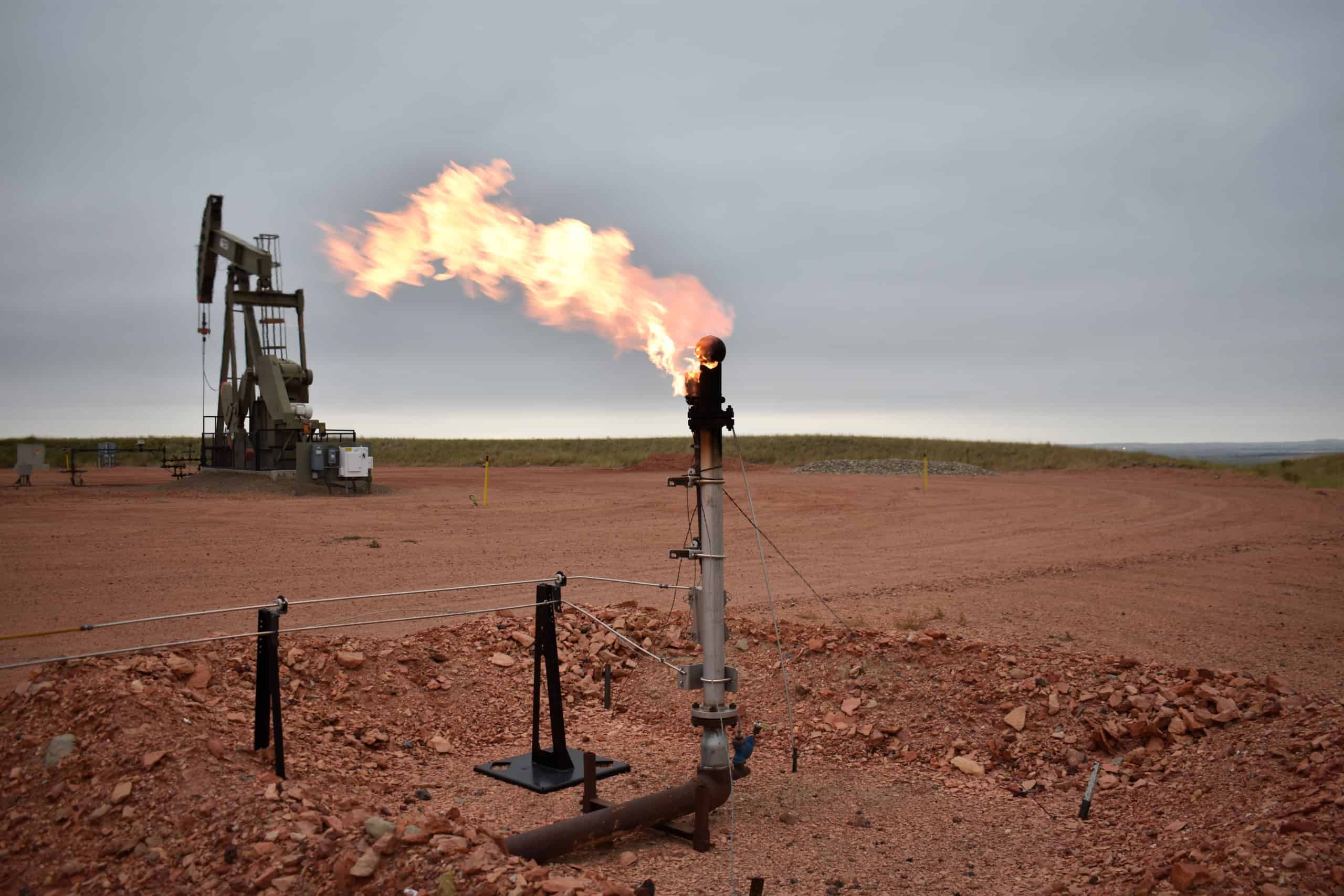The EU is serious about decarbonization. Over the next twelve months, Brussels will finalize a massive energy and climate package, “Fit for 55,” that aims to accelerate progress towards net zero carbon emissions over the next decade. It is the EU’s most ambitious green effort yet. Though it will apply only within the bloc, its consequences will be felt globally — and, of the world’s major economies, China has the most to lose.
At the heart of the proposals is carbon pricing. T
Subscribe or login to read the rest.
Subscribers get full access to:
- Exclusive longform investigative journalism, Q&As, news and analysis, and data on Chinese business elites and corporations. We publish China scoops you won't find anywhere else.
- A weekly curated reading list on China from Andrew Peaple.
- A daily roundup of China finance, business and economics headlines.
We offer discounts for groups, institutions and students. Go to our
Subscriptions page for details.
Includes images from Depositphotos.com


